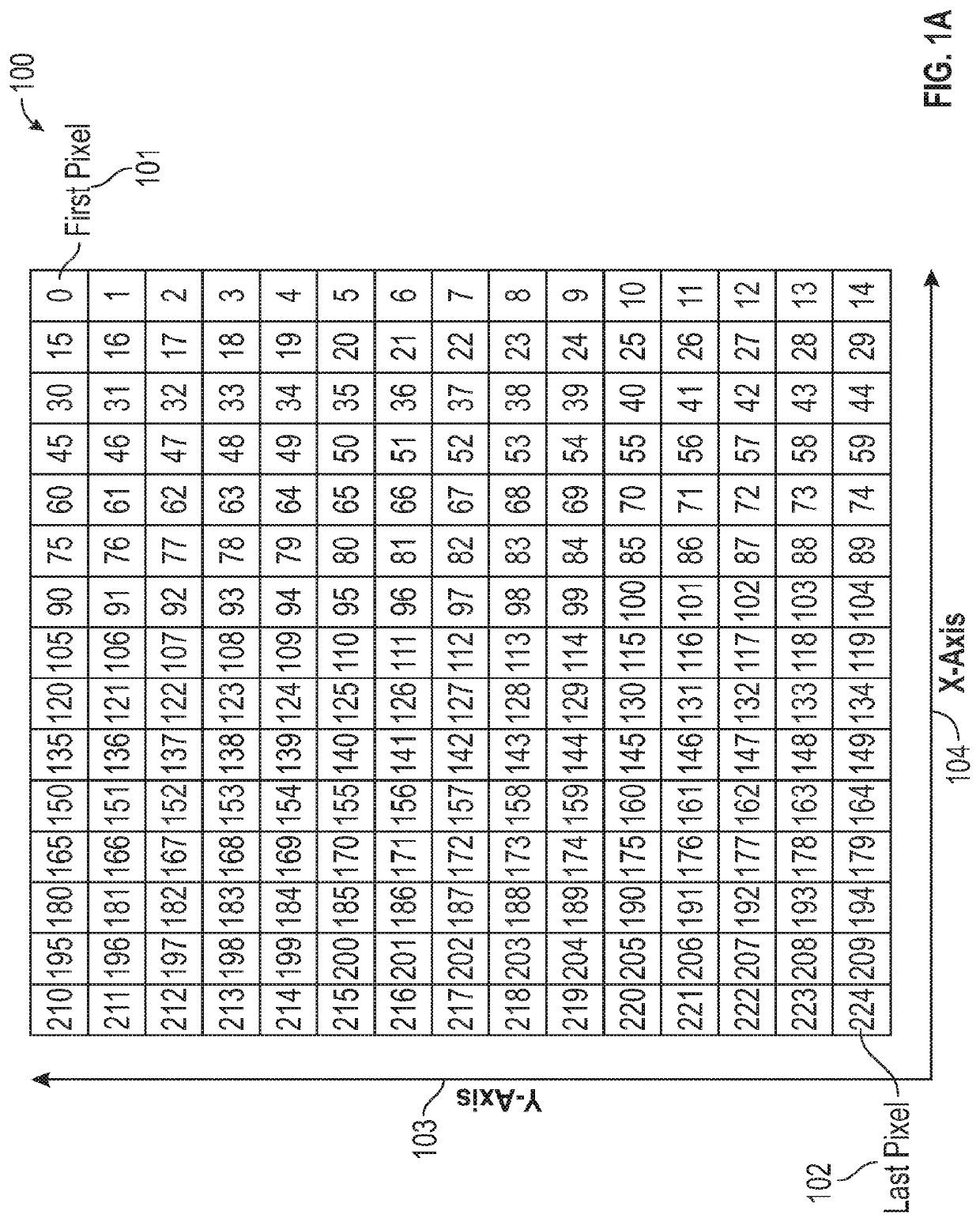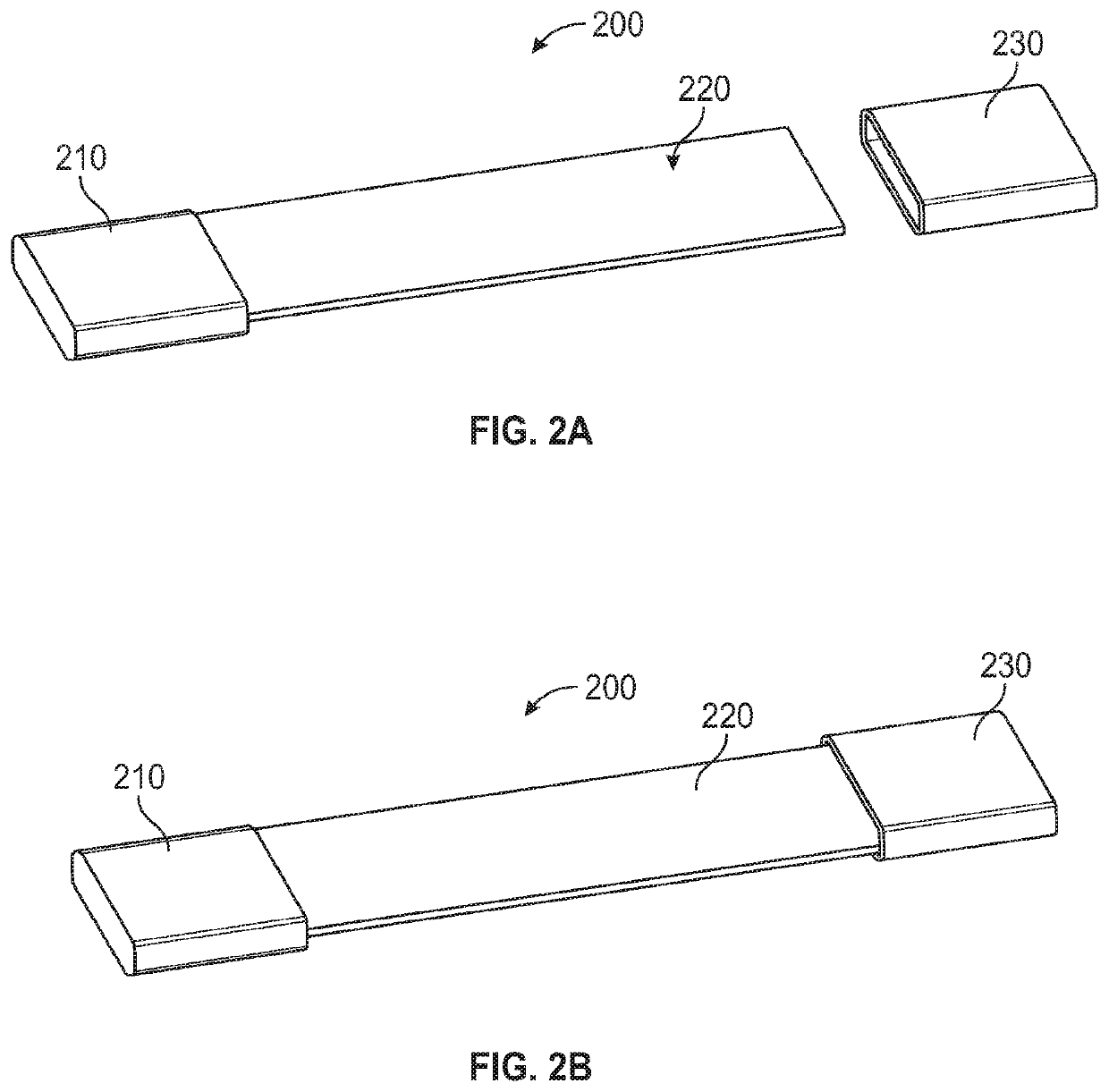Wearable optical sensor for respiratory rate monitoring
a technology of optical sensors and respiratory rate, applied in the field of wearable optical sensors for respiratory rate monitoring, can solve the problems of difficult integration with other technologies, difficulty in implementation in a long-term monitoring setting, and inability to accurately measure the effect of respiratory ra
- Summary
- Abstract
- Description
- Claims
- Application Information
AI Technical Summary
Benefits of technology
Problems solved by technology
Method used
Image
Examples
Embodiment Construction
[0029]Various approaches to respiratory rate monitoring based on a wearable sensor are provided. These approaches may be based on a combination of optical techniques and chest / abdominal movement measurement and may address the wearability aspect for continuous monitoring applications. In certain embodiments, the respiratory rate monitor may achieve similar or better reliability and accuracy of readings than those of the state of the art, while reducing the overall form factor. In certain embodiments, the provided respiratory rate monitor system and applicable features may be less obtrusive than existing technologies. In certain embodiments, the provided respiratory rate monitor system or related features may be comfortable, wearable, reliable, and accurate. Applications for the provided respiratory rate monitor system or its features may include sports, fitness, military, law enforcement, monitoring correlation of respiratory rates to hospital readmission rates, or otherwise monitor...
PUM
 Login to View More
Login to View More Abstract
Description
Claims
Application Information
 Login to View More
Login to View More - R&D
- Intellectual Property
- Life Sciences
- Materials
- Tech Scout
- Unparalleled Data Quality
- Higher Quality Content
- 60% Fewer Hallucinations
Browse by: Latest US Patents, China's latest patents, Technical Efficacy Thesaurus, Application Domain, Technology Topic, Popular Technical Reports.
© 2025 PatSnap. All rights reserved.Legal|Privacy policy|Modern Slavery Act Transparency Statement|Sitemap|About US| Contact US: help@patsnap.com



